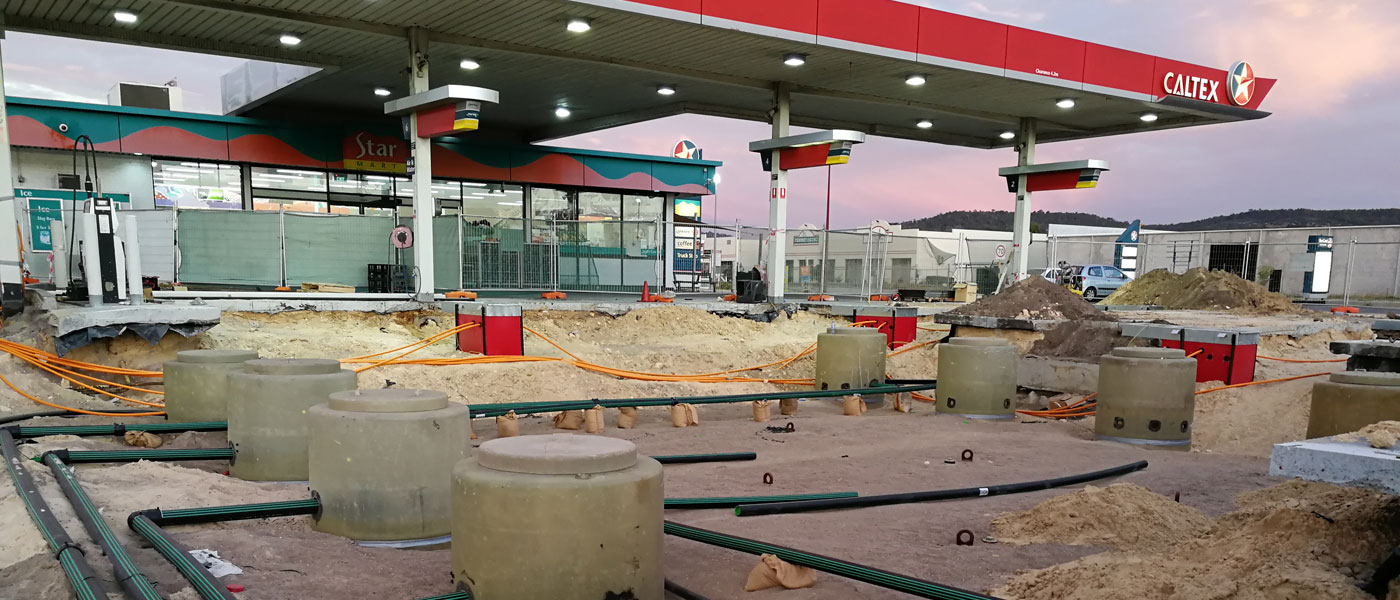In construction projects, change is a constant factor. From unexpected site conditions to client-driven modifications, changes frequently impact the original contract’s scope, timeline, and budget. While changes are sometimes unavoidable, disputes arising from poorly documented changes are not. A detailed construction change order template is the best tool for managing these changes clearly and professionally.
By clearly outlining every adjustment in scope, cost, and schedule, a detailed change order template minimizes misunderstandings between contractors, clients, and subcontractors. This article explores how to create a comprehensive change order template that helps construction professionals avoid disputes, improve communication, and keep projects running smoothly.
Why Disputes Arise Without a Detailed Change Order Template
Disputes in construction often stem from a lack of clarity or agreement on project changes. When changes occur but are not properly documented, parties might disagree over the nature of the work, the cost implications, or the impact on the project timeline. These disagreements can escalate, causing costly delays and damaging professional relationships.
A detailed change order template provides a formal, written record that clearly communicates every change. It ensures all parties agree on the modifications before work begins, dramatically reducing the risk of conflict. Without this formal documentation, verbal agreements or informal notes can lead to confusion and disputes.
Essential Components of a Detailed Construction Change Order Template
To avoid disputes, a change order template must be thorough and precise. Below are the critical sections to include in your template:
Comprehensive Project and Contract Details
Include all relevant project information such as project name, contract number, client and contractor names, and dates. This establishes context and ties the change order back to the original contract.
Clear Description of the Change
Provide an explicit explanation of what the change entails. Detail the scope of added, deleted, or modified work so all parties have a clear understanding. Ambiguity in this section is a common cause of disputes.
Justification for the Change
Explain why the change is necessary. Whether it’s due to unforeseen conditions, design updates, or client requests, stating the reason increases transparency and helps justify the additional costs or schedule adjustments.
Detailed Cost Breakdown
A precise financial summary is critical. Break down costs by labor, materials, equipment, and any overhead or profit margins. Clearly specify whether the change order results in an additional charge or a credit.
Schedule Impact Analysis
Identify any effects on the project timeline, including extensions or accelerations. Documenting this helps manage expectations and scheduling adjustments, preventing claims related to delays.
Approval Signatures and Dates
Provide space for authorized signatures from both the contractor and the client. This formal approval process confirms agreement on the change details and enforces accountability.
How to Craft Your Change Order Template for Maximum Clarity
When designing your detailed change order template, keep the following in mind:
Use Simple, Unambiguous Language
Avoid technical jargon that could confuse clients or subcontractors. Use clear, straightforward language that precisely conveys the nature and impact of the change.
Maintain Consistent Formatting and Structure
Consistency in font, spacing, and section order makes the document easier to read and navigate. This professionalism builds trust and reduces errors in interpretation.
Include Instructions or Notes
Brief guidance within the template can help users correctly complete each section, minimizing mistakes and the need for revisions.
Utilize Automation Tools
Leveraging spreadsheet formulas or templates with dropdown menus can automate calculations and standardize entries, reducing human error.
Implementing the Change Order Template to Avoid Disputes
The best change order template is only effective if it is properly integrated into your project management process.
Educate all stakeholders on the importance of documenting every change through the template. Establish a clear workflow where no additional work commences without a signed change order. Keep all executed change orders organized and accessible for easy reference.
Regularly review and update your template to incorporate lessons learned and adapt to project-specific needs. This proactive approach helps anticipate and resolve potential issues before they escalate.
Real Benefits of a Detailed Change Order Template for Construction Logs Users
For Construction Logs users, incorporating a detailed change order template into project management routines streamlines documentation and enhances clarity. It works alongside other templates such as estimates and schedules to create a comprehensive management system that mitigates risk.
Having a detailed template fosters transparency between contractors and clients, accelerating approval processes and preventing disagreements. Ultimately, this contributes to smoother projects, timely completions, and stronger business relationships.
Conclusion: Prevent Disputes by Mastering Your Change Order Process
Disputes over construction changes can be costly and damaging, but they are avoidable with the right tools. A detailed construction change order template is essential for documenting scope, cost, and schedule changes with clarity and professionalism.
By crafting a clear, comprehensive, and easy-to-use template, and integrating it into your project workflow, you protect all parties involved and ensure that changes are managed efficiently. This not only reduces the risk of conflict but also improves communication and project outcomes.
Take control of your construction changes today by creating a detailed change order template tailored to your projects. Construction Logs offers customizable templates that can help you implement this critical process and keep your construction projects dispute-free and on track.




